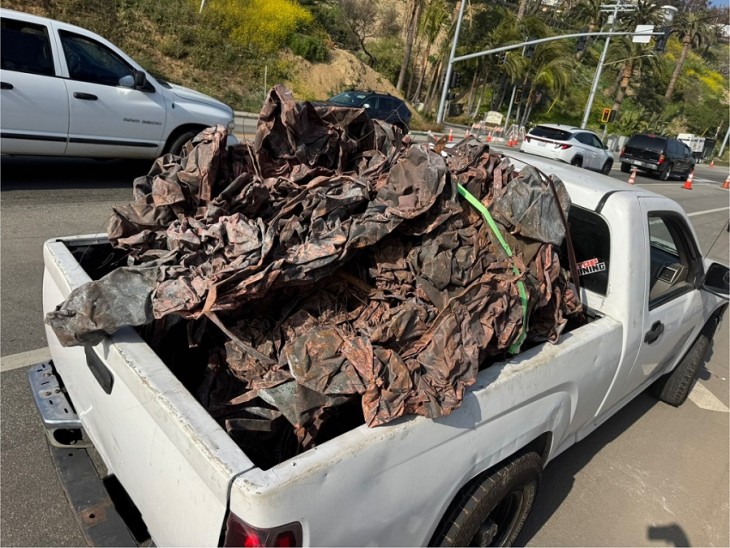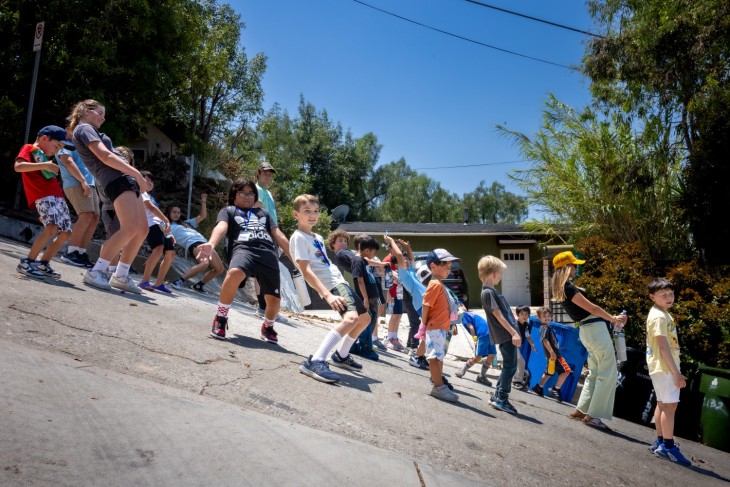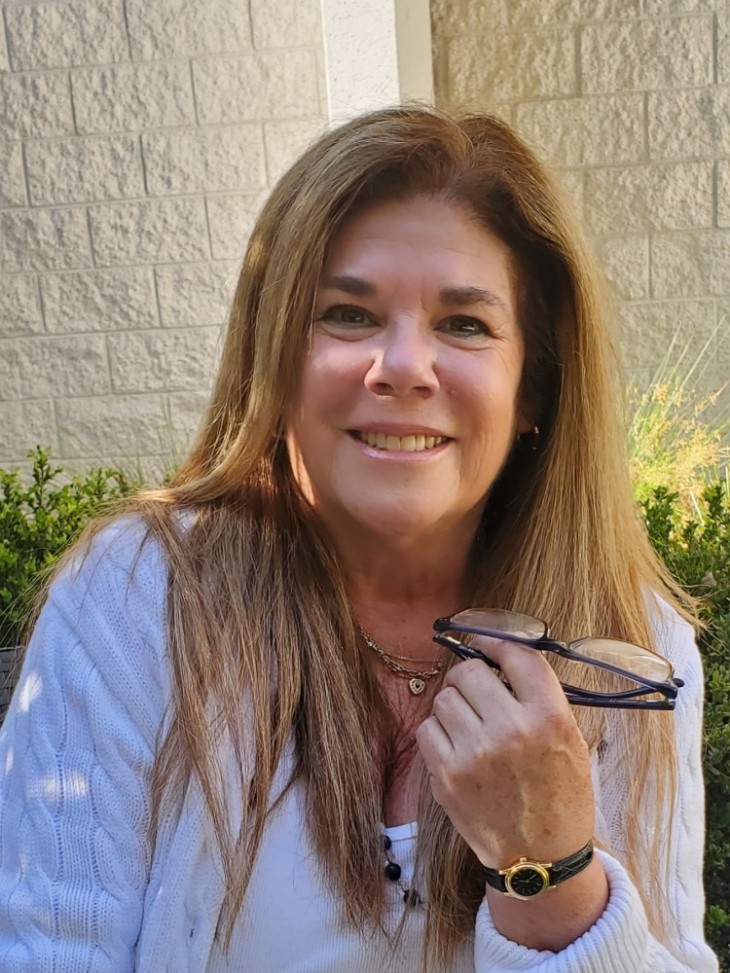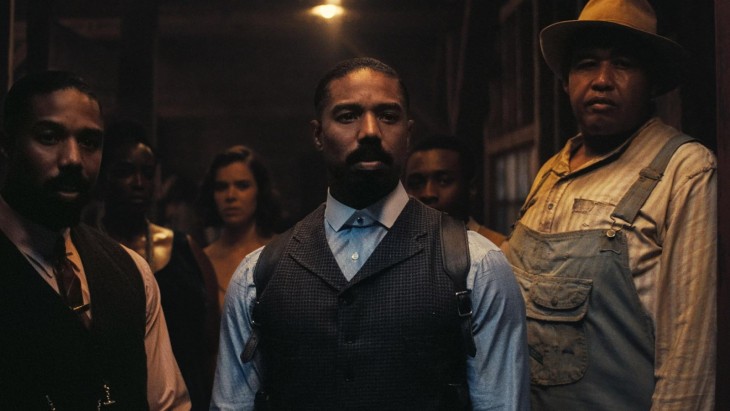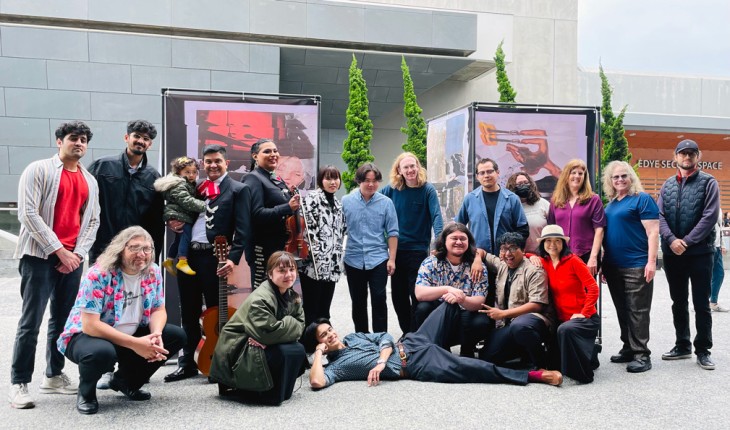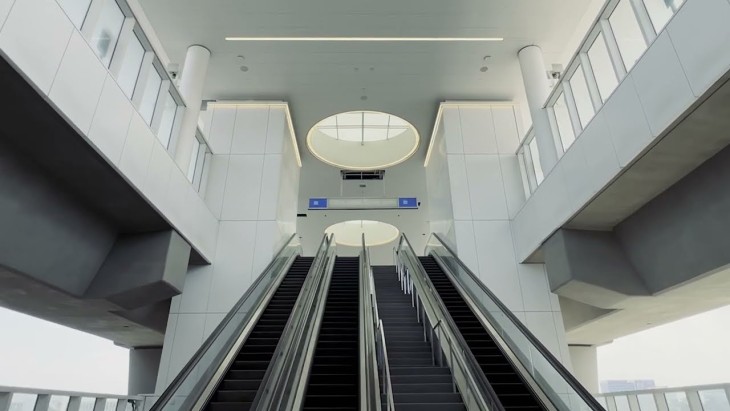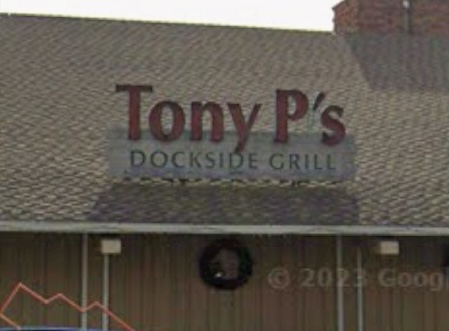Amidst all the discussion of whether Santa Monica Airport (SMO) should remain open after City Hall’s three-decade agreement with the Federal Aviation Administration (FAA) expires in 2015, ripe is the time to contemplate what to do with the area should the landing field actually shut down.
The Santa Monica Airport Commission convened its regularly scheduled monthly meeting on April 23 at City Hall’s Council Chambers, with a packed gallery in attendance to listen in on several presentations discussing the future of SMO.
A community workshop organized into five sections, the shorthanded Airport Commission heard from community members and legal counsel, among others, to explore all of SMO’s options.
Of course, City Hall would have to convince federal authorities to allow it full autonomy over SMO before local officials and residents can have a substantive say in altering the airport’s flight plan post-2015.
A sneak peek of the escalated fight that could be between residents, City Hall, and the FAA was evident in the first two presentations made at the April 23 meeting.
Michele Perrone addressed commissioners on behalf of the Ocean Park Association (OPA), sharing with them survey results that strongly indicated opposition of Ocean Park residents against SMO’s continued operations post-2015.
For example, 45 percent of the 244 Ocean Park residents who responded to the survey said they wanted SMO to permanently close. Another 39 percent wanted negative impacts to be mitigated.
John Fairweather of the Community Against Santa Monica Airport Traffic (CASMAT) presented survey results of what its respondents hoped SMO would be repurposed as if it no longer operated as an airport. For example, some respondents hoped the airport would be converted into open space.
A pair of attorneys discussed possible legal arguments that could support either shutting down SMO entirely or drastically curtailing its operations.
Another portion of the workshop focused on land use options should City Hall be allowed to determine SMO’s fate. Options included perhaps shortening the runway so planes do not take off so close to homes, or develop a park similar to San Francisco’s Golden Gate Park or New York City’s Central Park.
Goddard also presented an economic review of SMO, while commissioners finished question-and-answer session and a discussion of practical steps both the appointed committee and residents can take now and in 2015 to best address the airport’s future.
Goddard will present the take-away from the workshop to the City Council at its May 8 meeting.
At that meeting, both council members and the public will continue shaping the airport’s visioning process and, potentially, commence policy-making considerations of SMO’s future post-2015.


